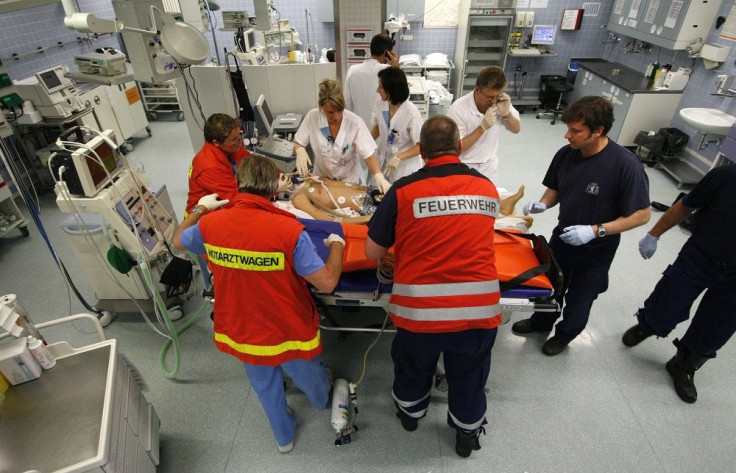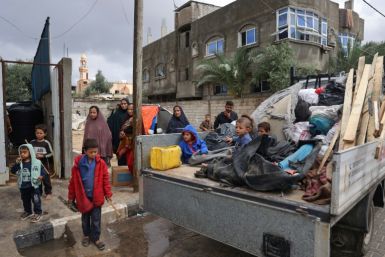Emergency-related tech heightens the urgency for connectivity

With factors like calamities, car accidents and criminality posing as ever-present dangers to life and liberty, gadgets and apps are being created to minimise, if not neutralise, the number of casualties and empower those fighting a crisis to preserve themselves, if not prevent the disaster from actually happening. From apps that literally guide you to safety as you weather the tremors of an earthquake to cell phone boosters that immediately flag you that an emergency is happening, one thing these emergency-related devices highlight is the urgency for connectivity.
Gil Amelio, former Apple CEO and current chairman of tech company 5BARz International, Inc . explains it this way: “A phone that dies on you because of a weak signal in the middle of a conference can mean the life and death of the project you are working on. If it happens during a conversation with an irate boss who does not get to hear your side of the story, those fading blips that you hear on your smartphone just might be the death knell of your job. However, if connectivity is suddenly disrupted while you’re trying to get 911 while trying to put out a fire in your home or arrest the heart attack of a loved one, then the stakes have just gone infinitely higher. With mortality staring you in the face, every inch of you will be screaming for connectivity — it’s now or never.”
5BARz International continues to push the envelope as far as bringing connectivity to remote areas or poorly equipped buildings where cell phone signals or the IT infrastructure is weak. Its portable network extender has literally boosted dying signals to a full power of five bars in mountainous resorts, rural counties, and densely packed conferences in hotels with dead spots. While the network extender has provided needed internet support for critical business processes, especially for mobile personnel, Amelio has pointed out one trend that is transforming connectivity from an option to an imperative.
“One of our growing markets are doctors, nurses, firemen, forest rangers, and law enforcers,” he notes. “These are the brave men and women in the frontlines of society who make sure that no harm comes to the average citizen. They have to be wired to their offices, fellow professionals, and other establishments that can give them the support that they need when they need it. They bring the network extender with them right along with their smartphones to ensure that communications and consultation do not die down, regardless of the quality of the cellphone signal or wi-fi zone they are in while handling that emergency.”
Other organisations, which are a mixture of tech companies and service providers, have likewise noted the trend and are responding to the need to equip the public to be able to act correctly during moments of emergency. Digital Journal names the Wireless Emergency Alert (WEA) as a government initiative designed to inform the citizenry about calamities or disasters happening in their area; text alerts about the breakout of crises such as “tsunami, tornado, flash flood, hurricane, dust storm, and extreme wind warnings” will be sent to their smartphones and tablets. Advisories will also be provided, such as directions to the nearest shelters or clinics.
Meanwhile, various tech companies have designed earthquake-warning apps that should help keep the user calm, mentally alert, and able to act smartly even if he is suddenly caught unaware by the sudden shaking of the ground under his feet . Tech Crunch names at least three apps: Earthquake Alert will immediately notify you of a quake that is about to happen within your present location. The American Red Cross’ Earthquake app gives you a detailed list of do’s and don’ts to follow during and after the earthquake as well as the capability to send a message about your status to your loved ones. Life360 has a GPS that informs you about the location of your family and friends, which can tell you whether they are near or far from the vicinity of the quake.
Nothing can be as terrifying as the sight of one of the elements of Mother Nature unleashed on a community, or that of our loved ones fighting to remain in the world of the living. Fortunately, technology is being constantly invented to empower the people to survive the crises, if not positively respond to it and quell the expected losses. All it needs now is connectivity itself to remain strong, continuous, and ever-present.






